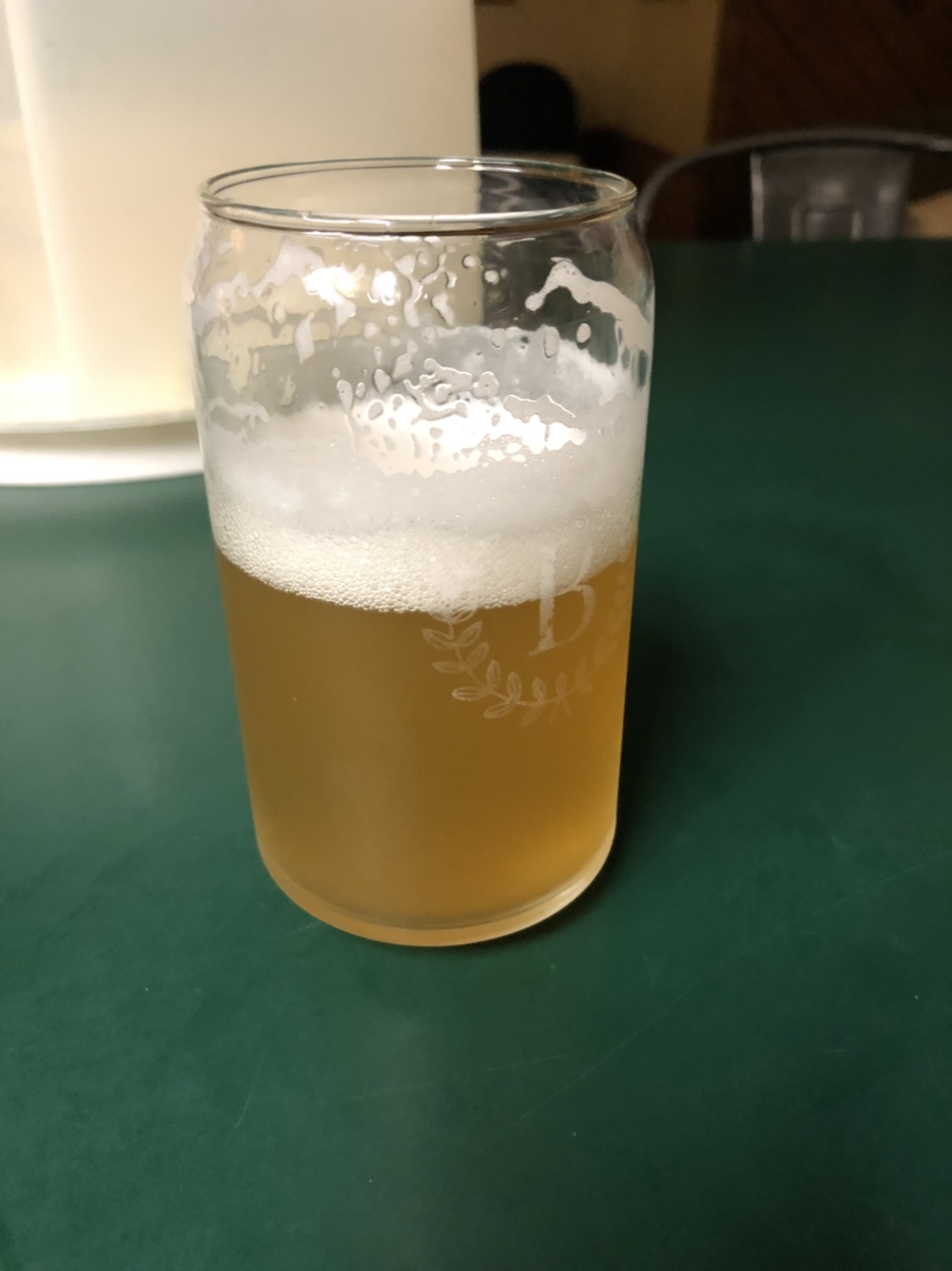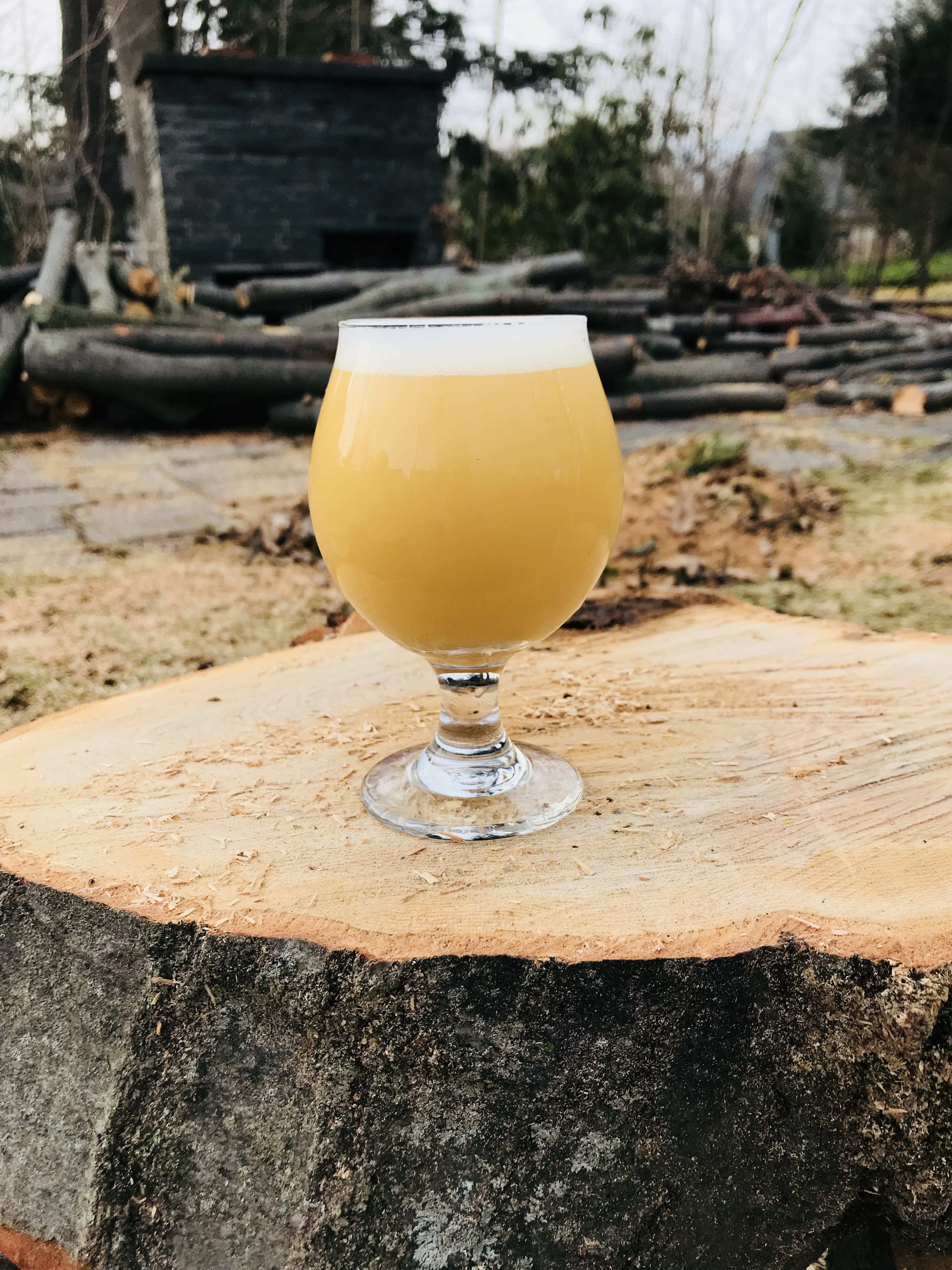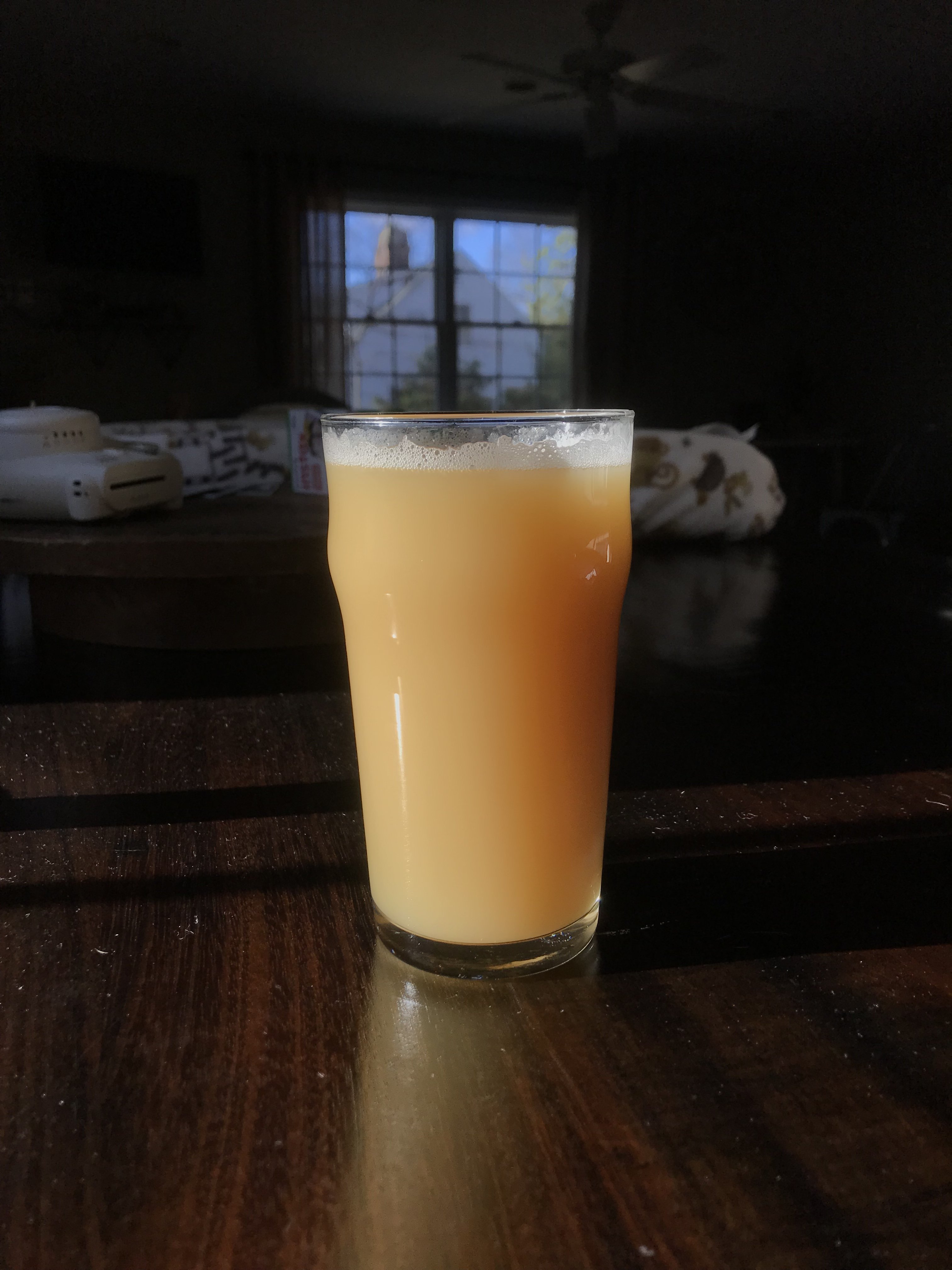I found it hard to believe as well, but apparently this brewer has chatted with Henry (Monkish) and Jean(TH) and they all use similar blends as their house strain. I still don't know if they use this house strain in the daydreams, though. Take it for what it's worth, too; They could just be throwing BS to keep people at bay. I agree with your description of S04, I haven't ever co-pitched it though. I know Treehouse yeast has been isolated and shown to be a blend of S04 with a little bit of other strains. Can't find the article but I remember it was something like 90% S04 then two other strains to make up the other 10%.






























![Craft A Brew - Safale S-04 Dry Yeast - Fermentis - English Ale Dry Yeast - For English and American Ales and Hard Apple Ciders - Ingredients for Home Brewing - Beer Making Supplies - [1 Pack]](https://m.media-amazon.com/images/I/41fVGNh6JfL._SL500_.jpg)































